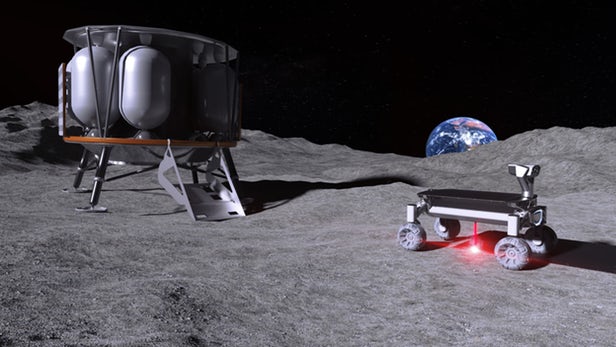
Breaking News
 James O'Keefe: My entire speech at AmericaFest 2025. We're not stopping. Join us to expose..
James O'Keefe: My entire speech at AmericaFest 2025. We're not stopping. Join us to expose..
 U.S. vs. Chinese Military Comparison – Focus on Asia-Taiwan Scenario
U.S. vs. Chinese Military Comparison – Focus on Asia-Taiwan Scenario
 DoJ Sues Four More States for Failing To Produce Voter-roll Data
DoJ Sues Four More States for Failing To Produce Voter-roll Data
 World's Largest Aviation Giant Abandons Google Over Security Concerns
World's Largest Aviation Giant Abandons Google Over Security Concerns
Top Tech News
 Perfect Aircrete, Kitchen Ingredients.
Perfect Aircrete, Kitchen Ingredients.
 Futuristic pixel-raising display lets you feel what's onscreen
Futuristic pixel-raising display lets you feel what's onscreen
 Cutting-Edge Facility Generates Pure Water and Hydrogen Fuel from Seawater for Mere Pennies
Cutting-Edge Facility Generates Pure Water and Hydrogen Fuel from Seawater for Mere Pennies
 This tiny dev board is packed with features for ambitious makers
This tiny dev board is packed with features for ambitious makers
 Scientists Discover Gel to Regrow Tooth Enamel
Scientists Discover Gel to Regrow Tooth Enamel
 Vitamin C and Dandelion Root Killing Cancer Cells -- as Former CDC Director Calls for COVID-19...
Vitamin C and Dandelion Root Killing Cancer Cells -- as Former CDC Director Calls for COVID-19...
 Galactic Brain: US firm plans space-based data centers, power grid to challenge China
Galactic Brain: US firm plans space-based data centers, power grid to challenge China
 A microbial cleanup for glyphosate just earned a patent. Here's why that matters
A microbial cleanup for glyphosate just earned a patent. Here's why that matters
 Japan Breaks Internet Speed Record with 5 Million Times Faster Data Transfer
Japan Breaks Internet Speed Record with 5 Million Times Faster Data Transfer
Moonrise to bring 3D laser printing to the lunar surface

By combining moondust and lasers, Laser Zentrum Hannover (LZH) and the Institute of Space Systems (IRAS) of the Technical University of Braunschweig are experimenting with ways to use 3D printing to build lunar colonies. Slated to fly in 2021, the new Moonrise laser system will be incorporated in the Berlin-based PTScientists unmanned lunar rover and will be used to demonstrate if it is possible to turn lunar regolith into practical building materials.
With various space agencies and private companies committed to setting up long-term human outposts on the Moon, the problem of building the habitats and other structures goes from thought experiments to a list of practical problems. The biggest of these is almost certainly the massive costs of moving materials to the Moon with cost per kilogram, according to LZH, working out to about €700,000 (US$782,000).
The Moonrise laser printing system is based on the idea that the best alternative to shipping materials to the Moon would be to use the local resources as a substitute. Still in the experimental phase, the 3 kg (6.6 lb) laser is designed to see if the regolith or lunar topsoil can be melted down and made into building structures.
Moonrise has been under development for nine months with the laser itself and its optics already very far along, but the team says that they not only need to get the core technology right, but also to create a proper synthetic version of the regolith to allow for Earthside testing.

 Advanced Propulsion Resources Part 1 of 2
Advanced Propulsion Resources Part 1 of 2

